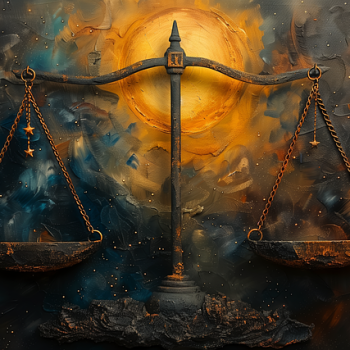Philosopher/theologian and organic farmer Michael Martin writes:
“In the Gnostic myth, Sophia suffers in captivity (in matter, the world) awaiting her release and redemption by the soul awakened in Christ. Our own agapeic attention to creation, to the arts, to liturgy, scripture, and so forth likewise awakens Sophia and simultaneously makes present the Parousia (certainly this is a theme of Blake’s masterpiece Jerusalem). Otherwise, she remains in captivity. The attention of the artist is the paradigmatic site of this kind of awakening, which is why even works not ostensibly religious can disclose truth and beauty.”
I believe there is a lot of truth to the above. When we think about the Wisdom of God and the personification of that Wisdom, we are led to Sophia. The notion of, the nature of, the explanation for, Sophia—is somewhat labyrinth. This isn’t a post about Sophia specifically, however.
The reason I bring it up is because I believe Sophia is related to the arts, and thus the true, the good, and the beautiful, wherever those aspects can be found and in whatever creative expression they might be located.
To go just a little further though as to Sophia, there has been the theological/philosophical problem of how we maneuver when it comes to God’s relation to creation. We are often caught between a pantheism and an absolute immanentism, the Scylla and Charybdis if you will, as to the specifics of that relation. Is there some boundary, some location, space, (person?), idea, sense, that exists allowing neither to become absolute?
In the forward to Sergei Bulgakov’s “SOPHIA The Wisdom of God,” Christopher Bamford addresses that question:
“An intermediary is needed, a boundary…between the Creator and creation… [the boundary] between God and the world, is Sophia. Sophia is the divine “Idea,” the object of God’s love: ‘the love of love’ (Lossky). ‘Sophia is loved and loves in return, and through this reciprocal love she receives all, is all.’ By giving herself wholly up to God, she receives all from God. Receiving her essence from the Father, she is the creature and daughter of God; knowing and known by the Word, she is the bride of the Son and the spouse of the Lamb; receiving the gifts of the Spirit, she is the Church and, at the same time, Mary; and she is the ideal soul of creation—the world soul, natura naturans—Beauty. As Dostoevsky wrote: ‘Beauty will save the world.’ In Bulgakov, the Sophianic beauty manifests through the life-giving power of the Spirit, who is never apart from the World or meaning.
Therefore, Sophia is twofold, at once Divine and creaturely—above and before creation and ‘in’ creation. The world is created in Sophia and Sophia, at the same time, is in the world, throughout it, in the form of divine energies and spiritual beings, as its boundary.”
All this is a preface. All I’m doing is giving you the context for some posts I will introduce every now and then. Along with the posts that will address my journey out of funda-gelicalism (FG), my explorations of that journey, or my flights of fancy (reflections), I will every now and again post poems, movie reviews, music reviews, or posts directed toward the arts or creative spirits. Why? Because in such Sophia might be released. And whenever that happens, there is the possibility of touching the face of God.
So, with that backdrop, I present you a poem:
The Secrets of Ferns
The secrets of ferns wear little white nightgowns.
They float like ghost-moths into the dark.
Stars with sleeves, full of dreaming.
The ferns subdue their green at night.
But they still have it, this green, hidden.
The scene is black, white, neutral.
Night has rubbed a chalky finger over all.
My out-breaths ascend as my lungs empty.
Each one carries my soul on its hem,
yet the soul is never depleted.
Little bits of it float over every continent.
All the souls of all the sleepers merge.
All the dreams become one enormous dream
and the secrets one secret, larger than the earth.












